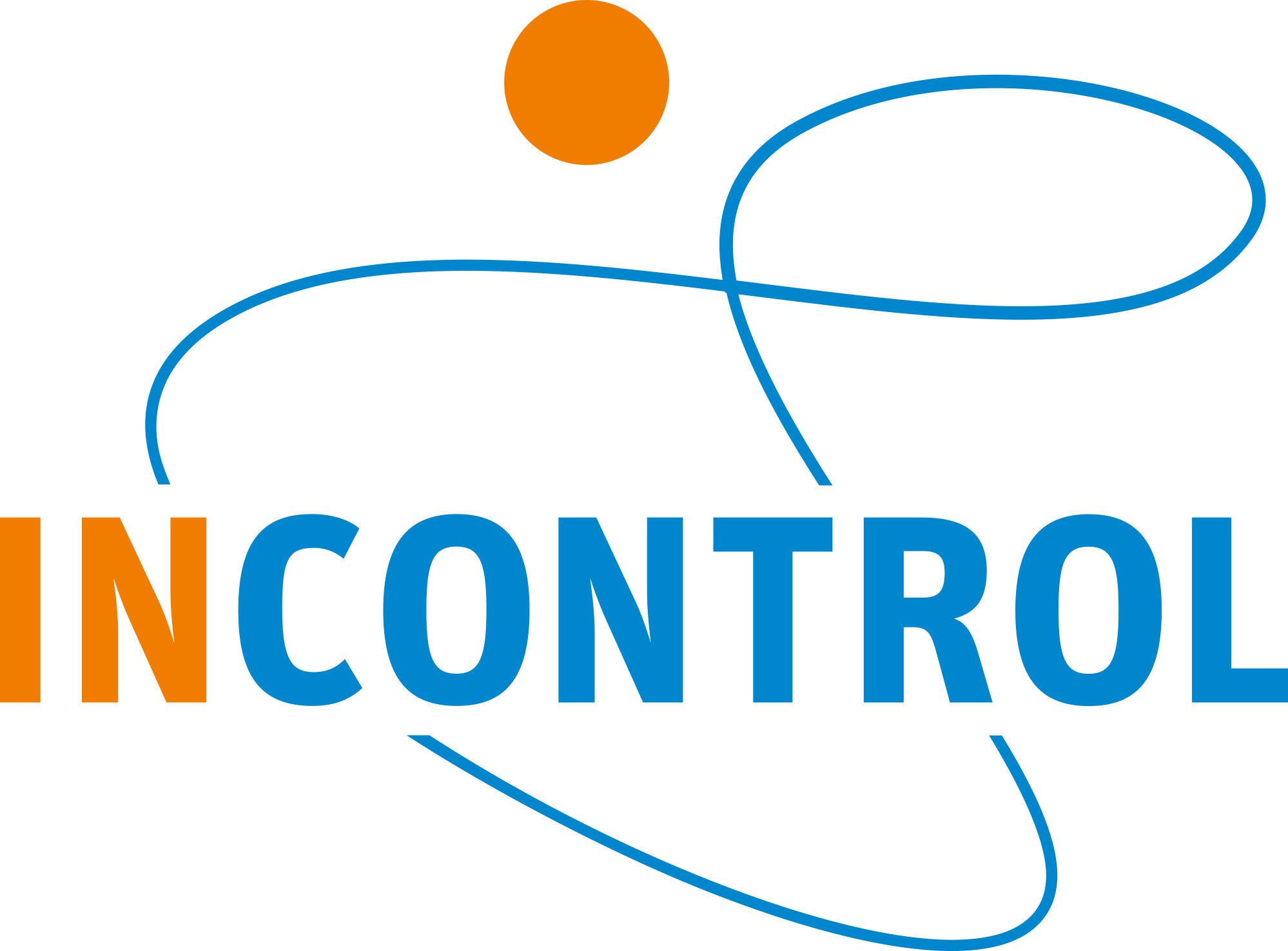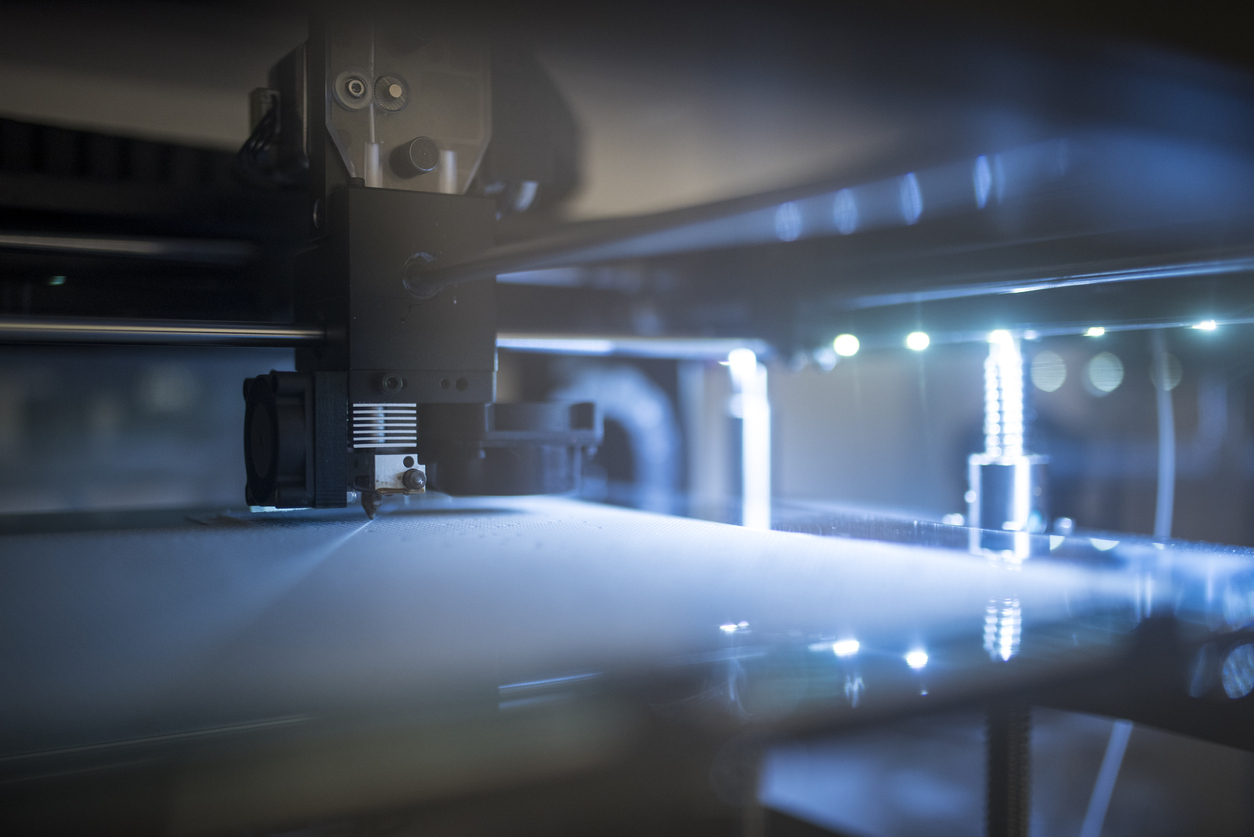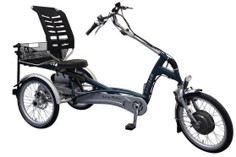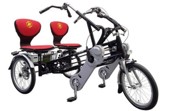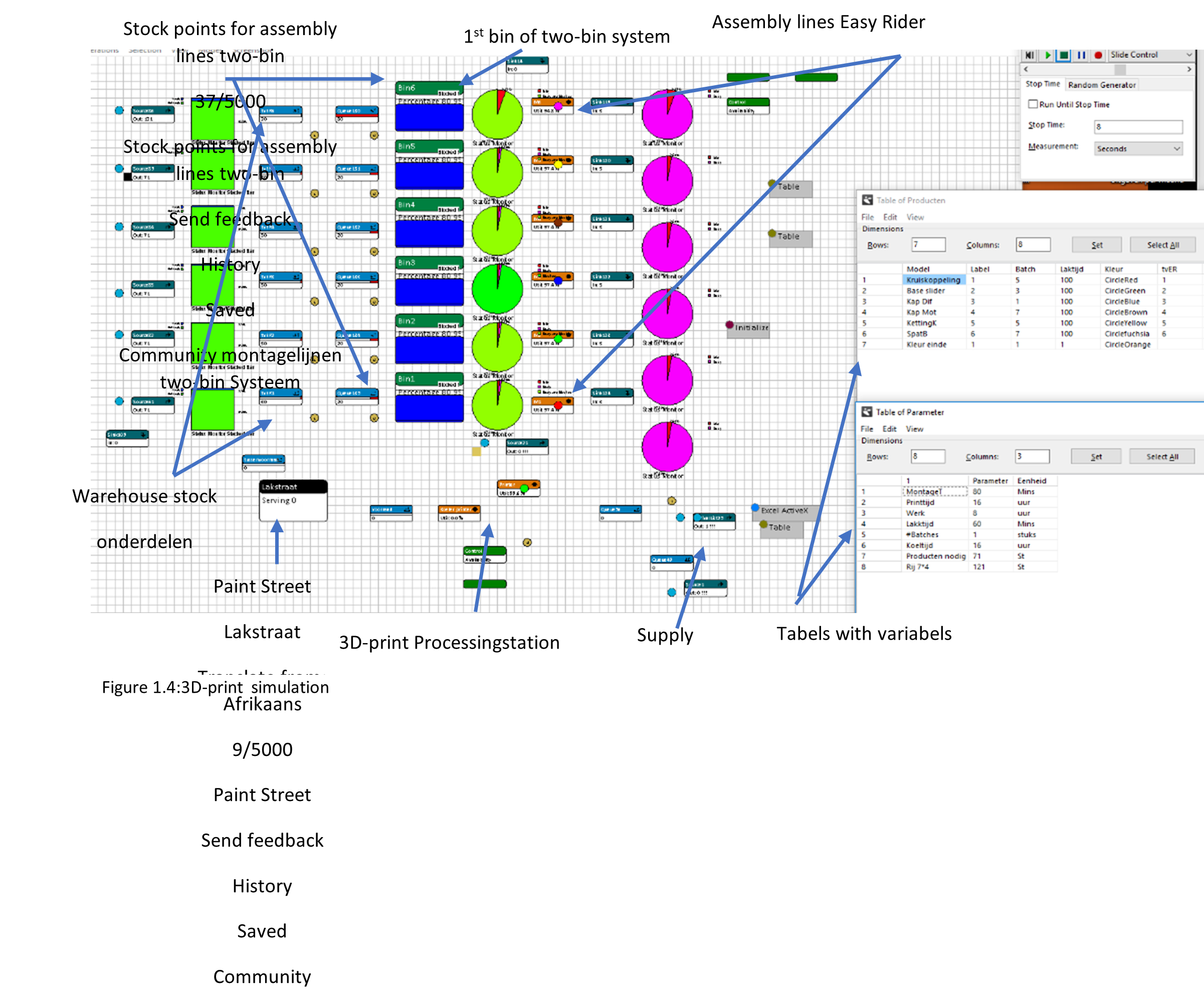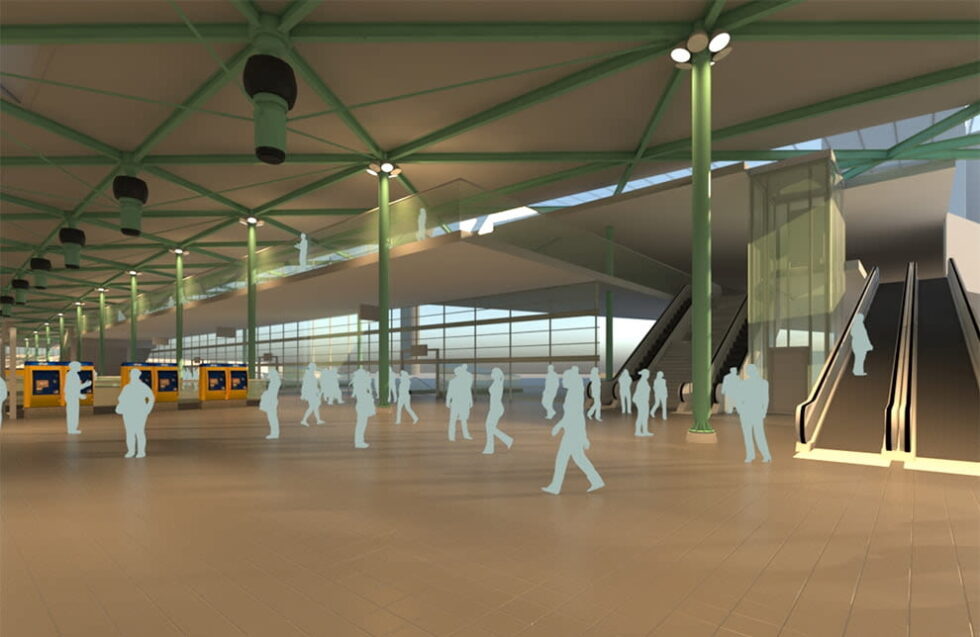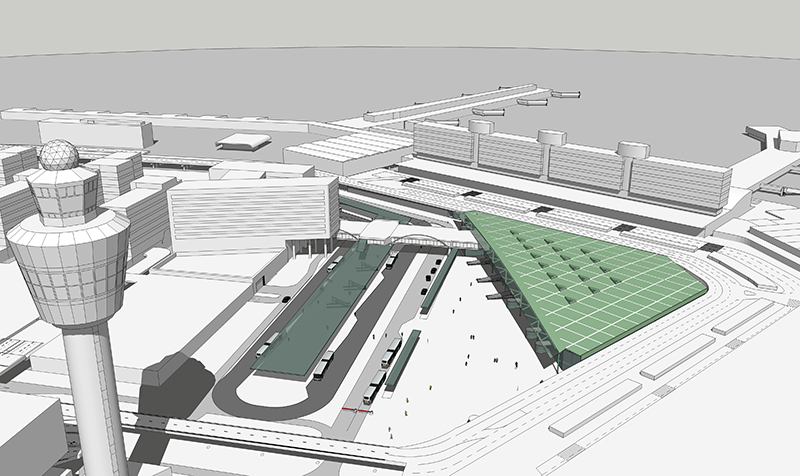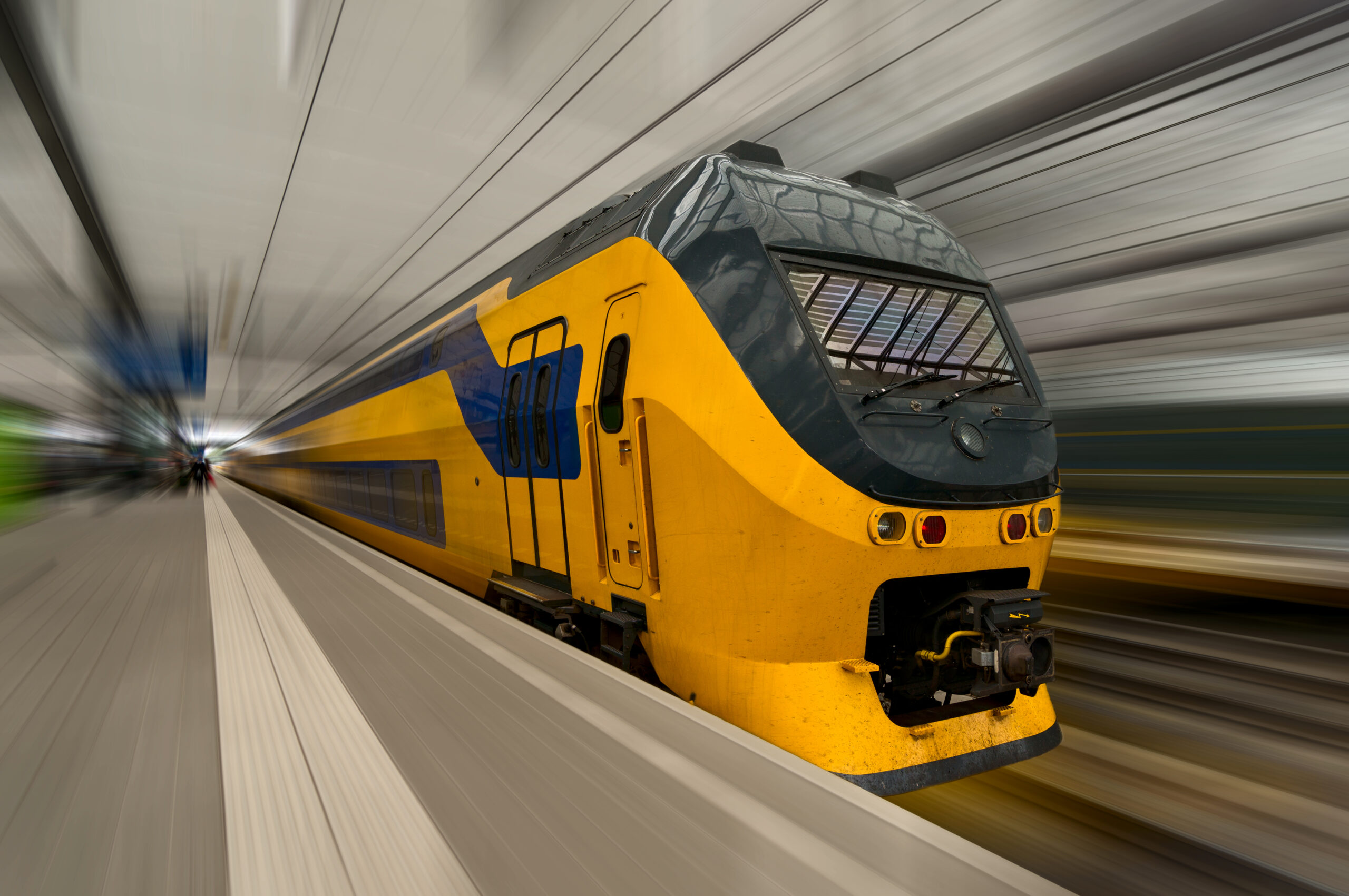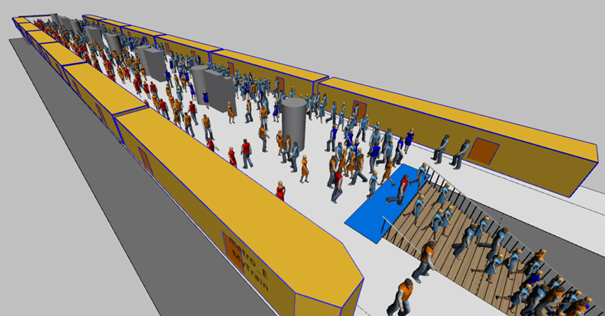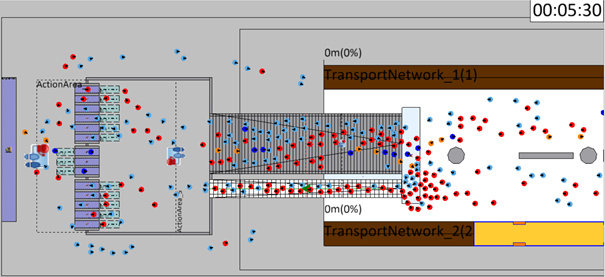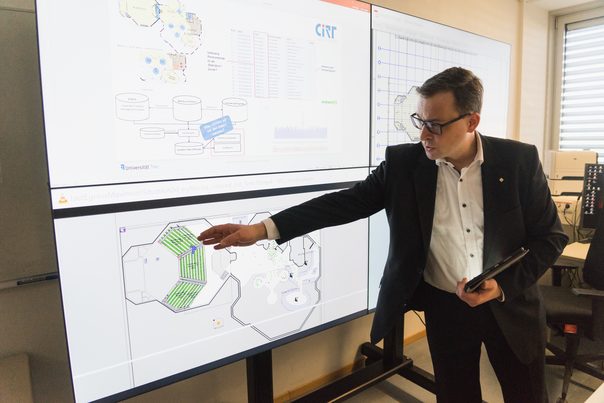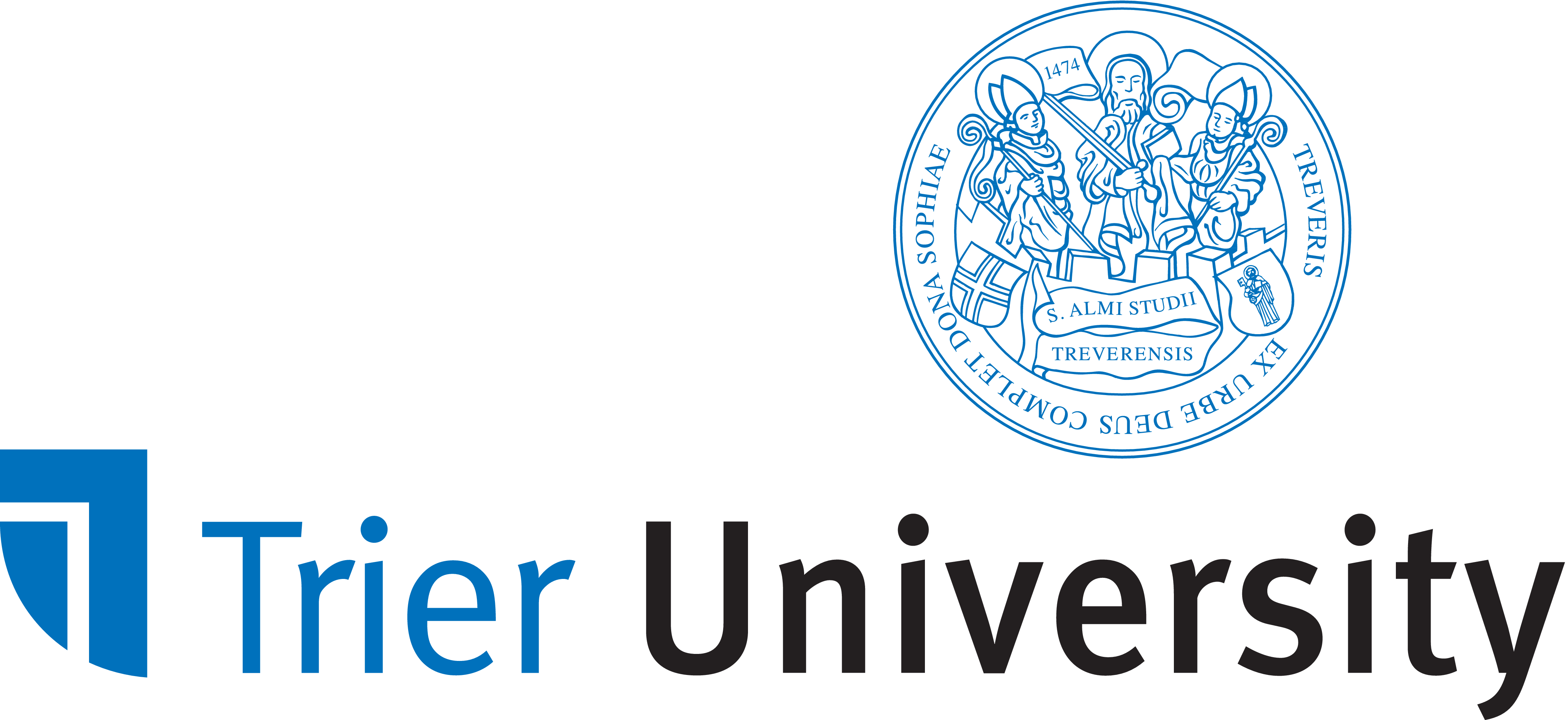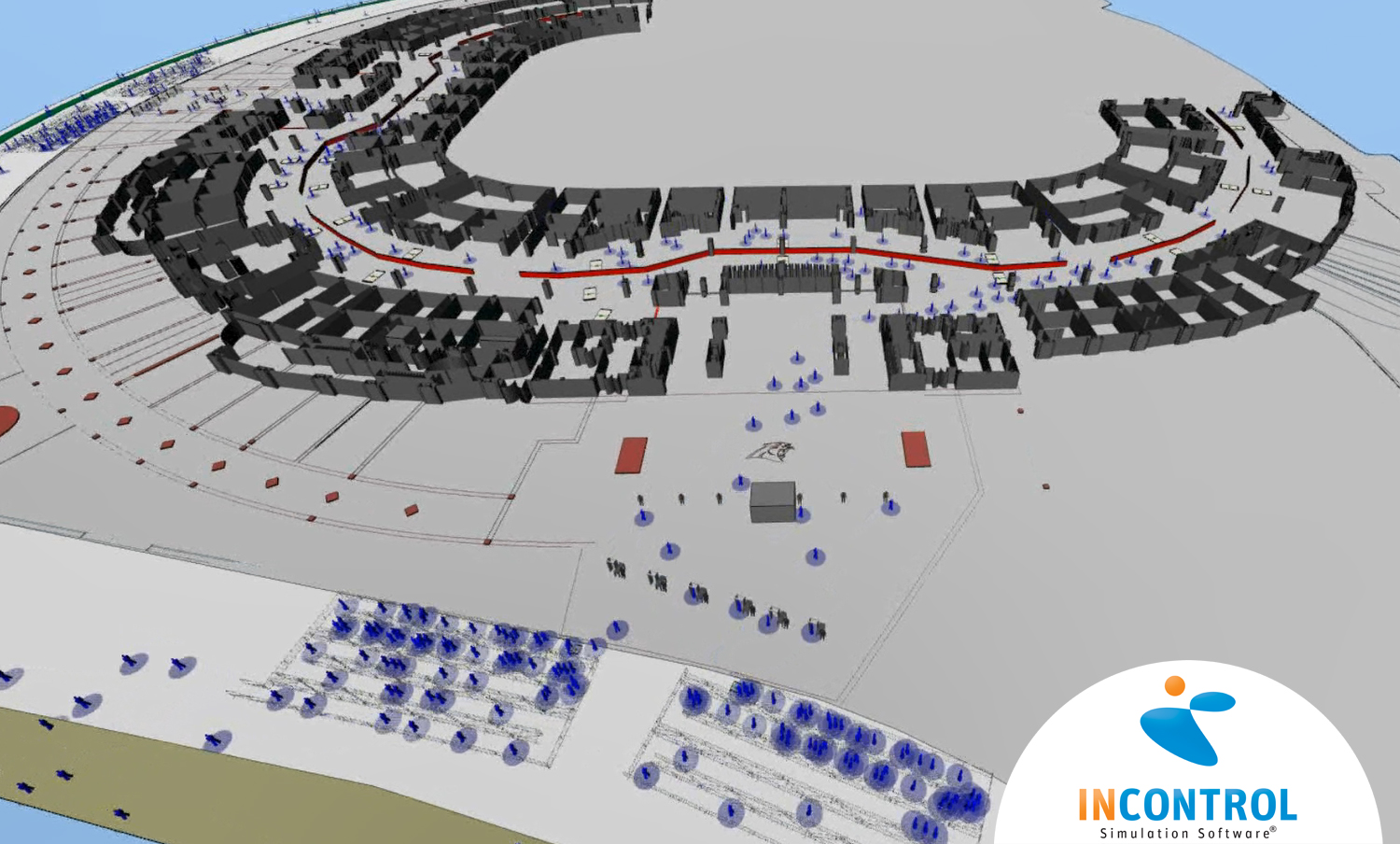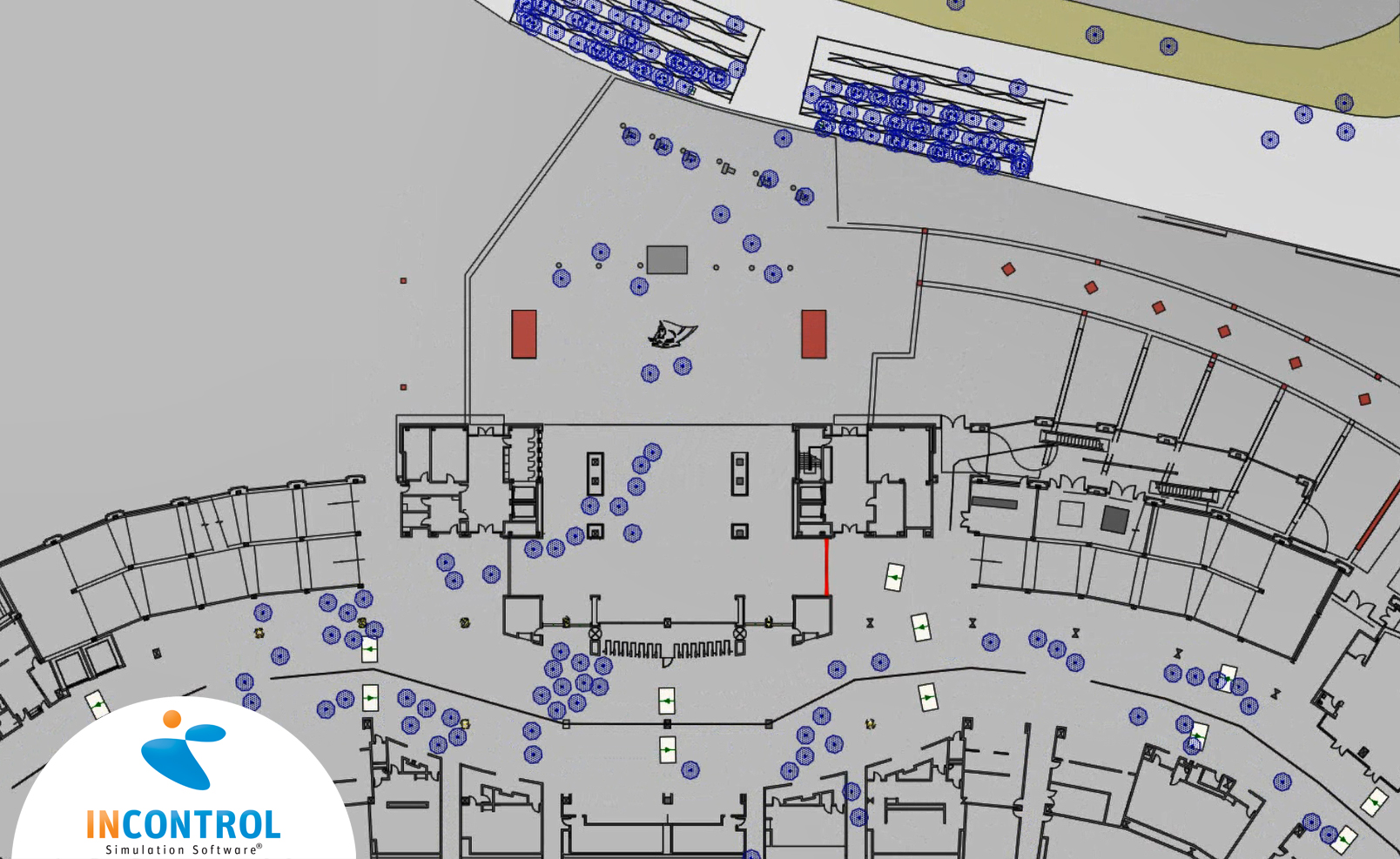Coronavirus, lock down, reopening and specific protocols are headlines these days. In order to slow down and control COVID-19 several measures were published in Germany, such as school, café and restaurants closing and a general limitation of physical contact. These measures lead to severe restrictions on public and private life.
Governments, management of infrastructures, communities and local authorities wonder when and in what form these measures and protocols can be reduced or abolished. But what happens when a school closed due to Corona returns to regular operations? What will be the impact if under half of the population use an app that is supposed to help contain the corona virus?
These and other scenarios can be simulated using artificial intelligence methods on the computer. For this purpose, the working group of Mr. Prof. Timm at the University of Trier uses agent-based simulation models, which are enriched with various parameters such as disease courses and behavioral patterns of people. These simulations calculate how people interact at work, in schools or during free time and how a virus can spread. The calculated results help in the assessment of which measures makes sense, which tend not to be and when we can do without them again.
Some of the simulation models require input data that relate to statistical probabilities for the spread of an infectious disease in exemplary facilities: in theaters, stadiums, swimming pools, city areas, etc. To generate such data, possible effects of various measures are simulated and analyzed separately on a more detailed level in a flow of people. Independent questions regarding the implementation of various measures and their effectiveness can be evaluated directly in a flow simulation using a model of a specific environment. Pedestrian Dynamics® is the leading crowd simulation software fully supporting COVID-19 measures including physical distancing due to its overall and detailed analysis.
As one of the programs a group of students of the University of Trier (Germany) is currently analyzing the spread of the virus in a stadium. To support this research program InControl provides software Pedestrian Dynamics®, a generic stadium model and supports them discussing technical aspects.
Are you interested in doing research with Pedestrian Dynamics® simulation software and/or modeling COVID-19 measures and protocols including physical distancing in any setting, please check: education@www.incontrolsim.com.
If relevant: the InControl Training & Education team is standby to support you!
